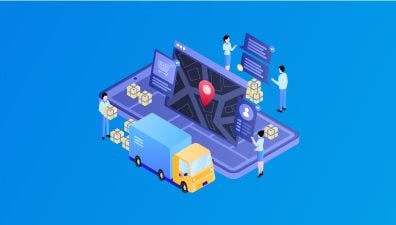As the eCommerce industry continues to grow and evolve, so do the technologies that power it. Progressive web apps (PWAs) and headless commerce are two of the most exciting developments in the world of online retail. By leveraging these technologies, retailers can create faster, more efficient shopping experiences that keep customers coming back for more. However, these terms can easily lead to confusion for users, especially who are not tech-savvy or don’t have any knowledge of technology. Therefore, in this article, we’ll explore the differences between PWAs and headless commerce, and why headless PWA is the future of eCommerce.
Table of Contents
Headless Commerce Overview
What Is Headless Commerce?
Headless commerce refers to an eCommerce architecture that separates the front-end and back-end components of a website. To understand the concept of headless technology, it is important to comprehend the different parts of an eCommerce website. The front-end of a website is responsible for store design and user experience, while the back-end takes care of website data and operations.
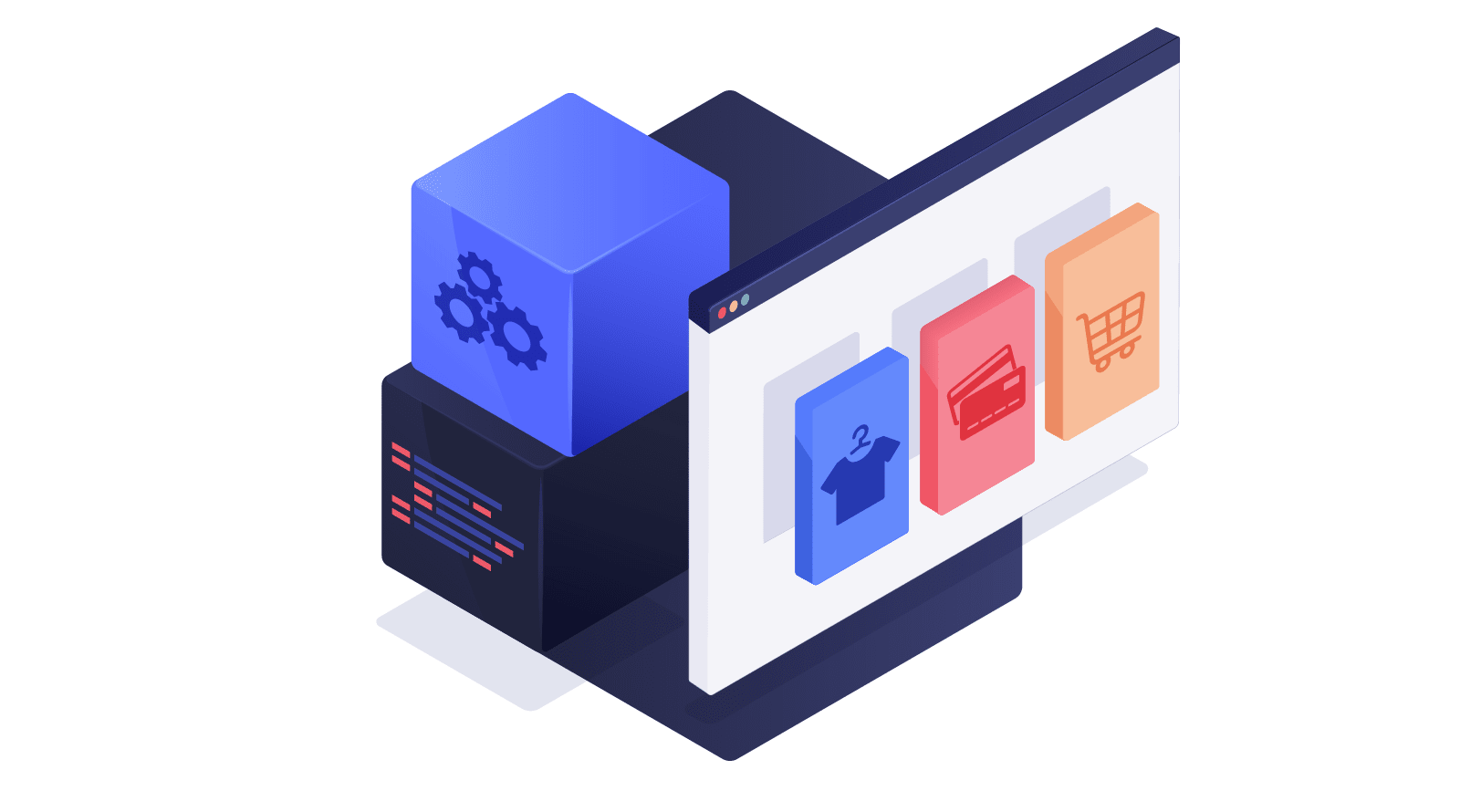
In the traditional eCommerce website model, the front-end and back-end are integrated into a single, monolithic structure. However, with headless commerce, the front-end is decoupled from the back-end, and the two are connected via an API (Application Programming Interface).
This backend-agnostic approach opens up new possibilities for website development, granting greater freedom and flexibility than ever before.
Benefits of Headless Technology
Headless technology offers several benefits for businesses that are looking to improve their eCommerce capabilities. Here are some of the key advantages of using a headless eCommerce approach:
- Greater Flexibility: With headless technology, businesses can enjoy greater flexibility and control over their eCommerce operations. They can choose the front-end framework and development tools that best suit their needs, and build custom user experiences that are tailored to their brand.
- Improved Site Speed: Since the front-end and back-end are decoupled in a headless eCommerce architecture, the site’s performance can be significantly improved. The lack of interdependence between the two components allows for faster page loads, smoother transitions, and an overall more responsive user experience.
- Enhanced Personalization: With headless technology, marketers can test various ideas and options to create the best-personalized user experience without disrupting shoppers’ buying journey on the front-end.
- Better Omnichannel Experience: With headless technology, an eCommerce back-end can connect to multiple front-end devices, ranging from traditional devices like phones or desktops to less conventional ones like the Apple Watch, billboards, and IoTs, via API. This makes it easier to deliver content to a wide range of digital touchpoints and enhances the overall omnichannel experience.
- Better Integration with Third-Party Services: Headless eCommerce enables businesses to easily integrate their website with third-party services and tools, such as payment gateways, social media platforms, and marketing automation systems. This allows businesses to create a more comprehensive and integrated eCommerce ecosystem that streamlines their operations and enhances their customers’ experience.
- Easier Maintenance: Since the front-end and back-end are separated in a headless eCommerce system, businesses can make changes and updates to each component independently, without affecting the other. This makes it easier to troubleshoot issues and fix bugs and allows for more efficient and agile development processes.
PWA Technology Overview
What Is PWA Technology?
PWA, or Progressive Web App, technology is a web application that offers users an experience similar to a native app. PWAs are developed using modern web technologies such as HTML, CSS, and JavaScript. PWAs can be accessed through a web browser or installed on a user’s device, and they provide features like push notifications, offline functionality, and seamless integration with other apps.
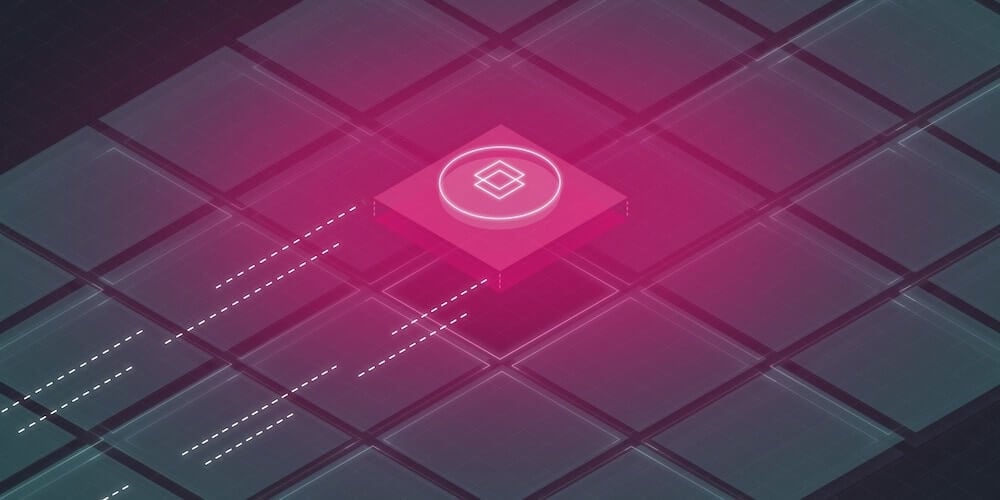
PWAs can be designed to work on any device or platform and offer several advantages over traditional web applications. They load quickly and respond instantly to user actions, providing a fast and responsive shopping experience. PWAs also offer a seamless shopping experience across devices and platforms, allowing customers to switch between devices without losing functionality. Additionally, they offer features such as push notifications and offline functionality, making it easier to engage with customers and provide a more comprehensive user experience.
Why Is PWA Important for Businesses?
PWA technology is becoming increasingly important for businesses, particularly those in the eCommerce sector, for several reasons:
- Improved User Experience: PWAs offer a fast and responsive user experience, with features like quick page loading, smooth transitions, and offline functionality. This can help reduce bounce rates and increase user engagement and satisfaction, ultimately leading to increased sales and revenue.
- Greater Reach: PWAs are designed to work seamlessly across devices and platforms, making them accessible to a wider audience. This can help businesses reach new customers and expand their market reach.
- Cost-Effective: Developing a PWA can be more cost-effective than building a native app, as it eliminates the need for separate codebases for different platforms. This can help businesses save time and resources while still delivering a high-quality user experience.
- Improved Performance: PWAs are designed to be fast and lightweight, with a smaller footprint than native apps. This can help businesses improve website performance and reduce load times, ultimately leading to increased customer satisfaction and engagement.
- Enhanced Marketing Capabilities: PWAs offer a range of features that can help businesses improve their marketing efforts, such as push notifications, offline functionality, and seamless integration with other apps. This can help businesses engage with customers more effectively and deliver targeted messaging and promotions.
The Difference Between PWA & Headless Technology
While both Progressive Web Apps (PWAs) and headless technology are important developments in the world of eCommerce, they serve different purposes and offer different benefits.
PWAs are web applications that offer a user experience similar to that of a native app. They are built using modern web technologies such as HTML, CSS, and JavaScript and can be accessed through a web browser or installed on a user’s device. PWAs offer features like push notifications, offline functionality, and seamless integration with other apps. They are designed to work on any device or platform and offer a fast and responsive user experience.
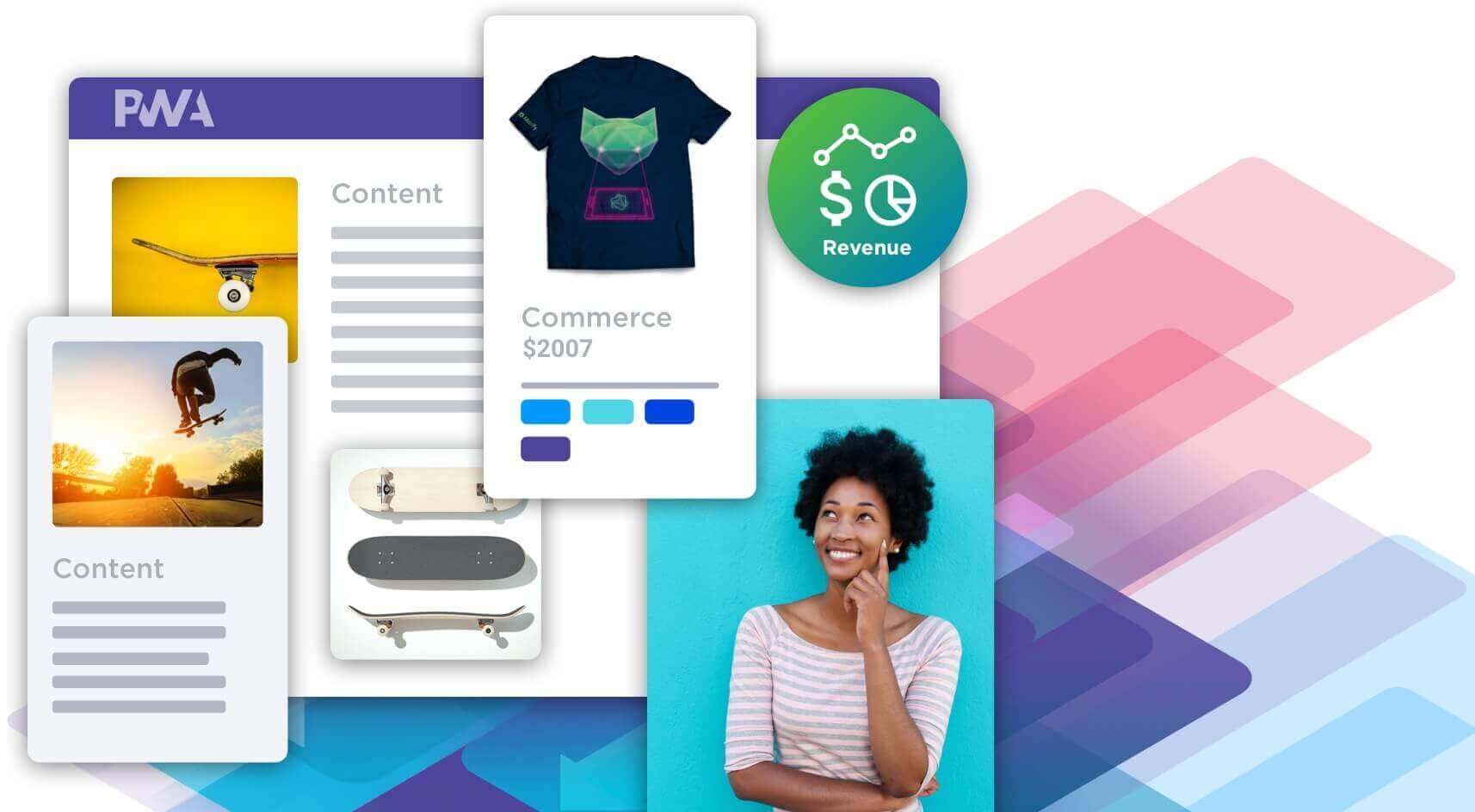
Headless technology, on the other hand, refers to an eCommerce architecture that separates the front-end of a website from the back-end. In a headless commerce system, the front-end is built using a modern framework like React or Angular, while the back-end is powered by an API. This allows retailers to create custom front-end experiences that are tailored to their brand and their customers while still taking advantage of the powerful eCommerce features provided by the back-end.
While PWAs and headless technology are both designed to improve the user experience, they do so in different ways. PWAs offer a fast and responsive user experience, while headless technology allows for greater flexibility and customization in the front-end design. Additionally, while PWAs are designed to work on any device or platform, headless technology allows for easy integration with third-party services and tools, making it easier for businesses to create a more comprehensive and integrated eCommerce ecosystem.
Applying PWA for Headless Commerce
PWA technology can be used in conjunction with headless commerce to create a powerful and flexible eCommerce platform. Progressive Web Applications (PWA) are web applications that leverage modern web technologies to offer app-like functionality, such as push notifications, offline mode, and the ability to add the application to the home screen, all while being served through a web browser.
Headless Commerce refers to an eCommerce architecture where the front-end and back-end are decoupled, allowing for greater flexibility and scalability in building and customizing the eCommerce experience.
Together, PWA for Headless Commerce provides a fast and engaging eCommerce experience that is flexible and easily customizable for businesses.
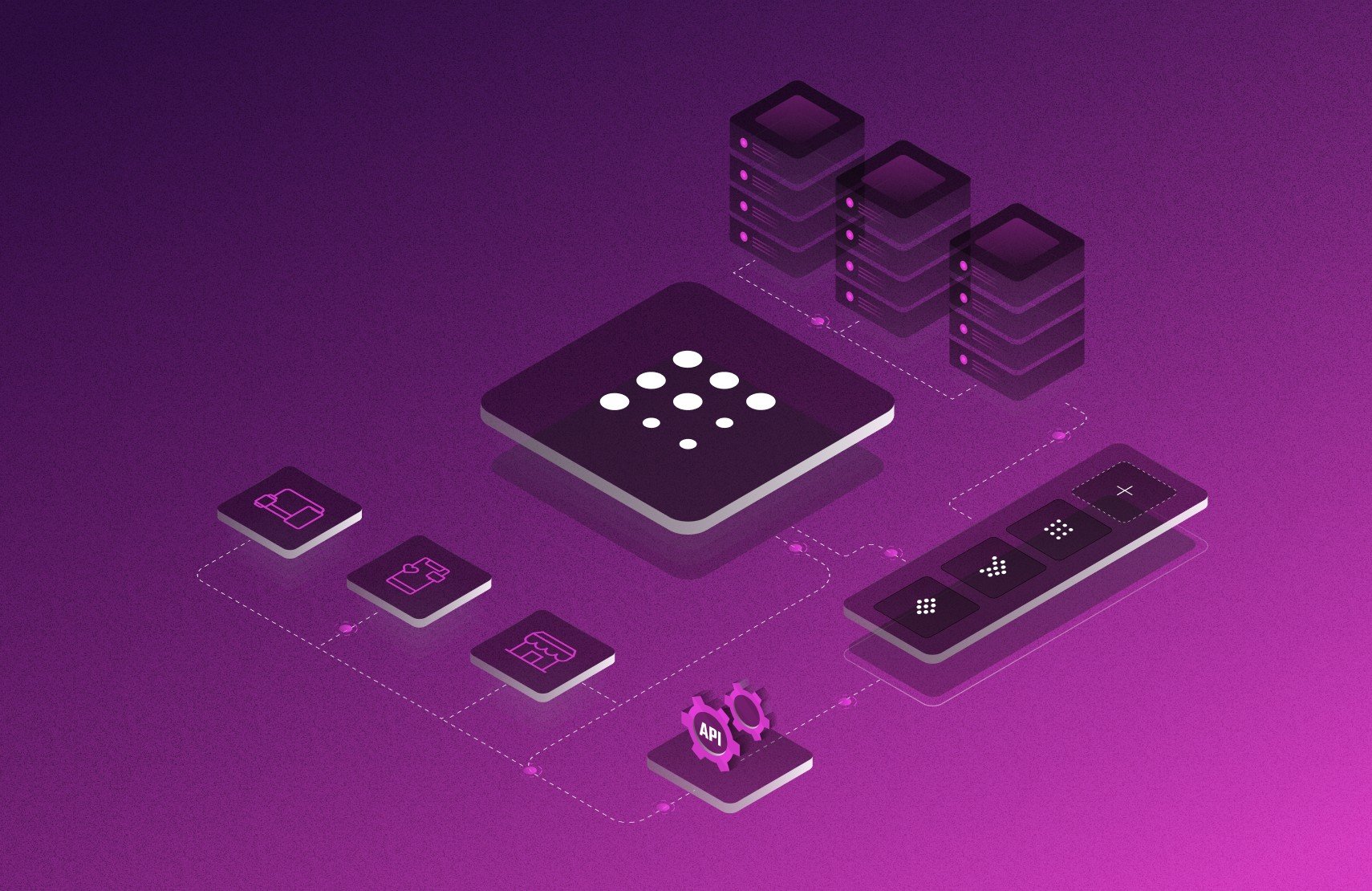
Headless PWAs are served over HTTPS and offer a more native app-like experience due to their architecture. The unique aspect of headless PWAs is their ability to store first loads as a static web page and then gradually turn into a single-page web application in a browser. This makes headless PWAs quick and relevant solutions to the growing challenges of mobile browsing, which can help businesses improve their online presence and ultimately drive revenue.
Development Methodologies
Developing a Progressive Web Application (PWA) for headless commerce requires a unique set of methodologies that leverage the benefits of both technologies. Here are some key development methodologies to consider when building a PWA for headless commerce:
- Choose a Headless CMS: Headless CMS (Content Management System) is a crucial component of headless commerce. It allows businesses to manage and deliver content to their front-end without being tied to a specific front-end technology. Choosing the right headless CMS can help streamline the development process and improve the overall performance of the PWA.
- Optimize for Performance: Since PWAs are designed to be fast and responsive, it’s important to optimize them for performance. This includes minimizing page load times, optimizing images and assets, and using caching to reduce server requests.
- Implement Security Measures: Since PWAs are accessed over the internet, security is a critical consideration. Implementing security measures such as HTTPS, two-factor authentication, and encryption can help protect user data and improve the overall trustworthiness of the PWA.
- Test, Iterate, and Improve: As with any development project, testing, iterating, and improving are crucial to building a successful PWA for headless commerce. Regularly testing the PWA for usability, performance, and security can help identify and fix issues before they become major problems.
Why Should Businesses Care About PWA for Headless Commerce?
Progressive Web Applications (PWAs) have gained recognition as a powerful tool in the world of emerging technologies. Many well-known brands such as Forbes, Washington Post, Starbucks, Trivago, and Lancome have already built their websites on PWAs. However, adding the headless functionality can take the PWA to the next level.
Headless PWAs gather data via an API (Application Programming Interface). The API represents one of the headless paradigms, which is backed by the MACH Alliance – Microservices based, API-first, Cloud-native SaaS, and Headless. The API acts as a communication driver between the decoupled front-end and back-end of a website.
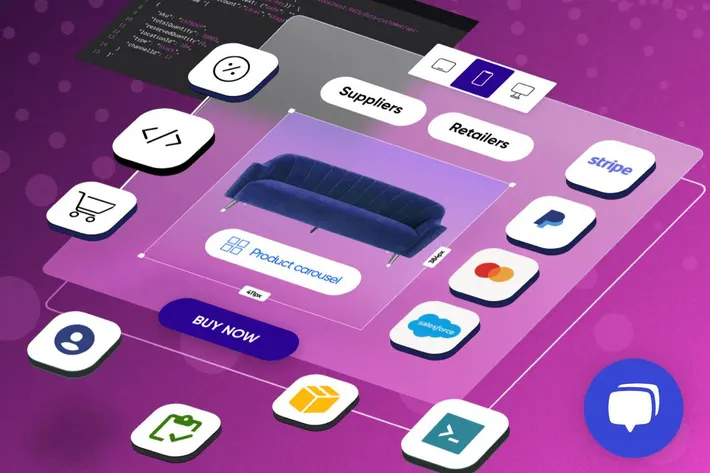
Therefore, businesses should care about Progressive Web Applications (PWAs) for headless commerce because they offer numerous benefits that can help improve the overall performance and revenue of an eCommerce website:
- Improved User Experience: Headless PWAs offer a fast and responsive user experience, with features like quick page loading, smooth transitions, and offline functionality. This can help reduce bounce rates and increase user engagement and satisfaction, ultimately leading to increased sales and revenue.
- Greater Flexibility: Headless PWA Commerce allows businesses to customize the front-end experience to their specific brand and customers. This can help businesses create a unique and personalized shopping experience that sets them apart from the competition.
- Improved Performance: Headless PWAs are designed to be fast and lightweight, with a smaller footprint than native apps. This can help businesses improve website performance and reduce load times, ultimately leading to increased customer satisfaction and engagement.
- Seamless Integration: Headless PWAs can be easily integrated with existing eCommerce platforms, allowing businesses to leverage their existing backend functionality and data. This can help businesses streamline their operations and improve the overall user experience.
- Cost-Effective: Headless PWAs can be more cost-effective than building separate native apps for different platforms, as they eliminate the need for separate codebases. This can help businesses save time and resources while still delivering a high-quality user experience.
- Competitive Advantage: Headless PWA Commerce is an emerging technology that can help businesses stay ahead of the competition and reach new customers. By leveraging the benefits of both technologies, businesses can create a seamless and integrated eCommerce platform that can help them stay ahead of the curve.
PWA: Headless or Not?
Whether to use a headless approach with Progressive Web Applications (PWAs) depends on a business’s specific needs and goals.
A traditional PWA includes both the front-end and back-end components, with the front-end responsible for store designs and user experience, and the back-end managing website data and operations. However, a headless PWA separates the front-end and back-end components, with the two connected via an API.
The decision to use a headless approach with PWAs depends on a business’s specific requirements. A headless approach offers greater flexibility and customization, allowing businesses to create unique front-end experiences that match their specific brand and customer needs. This approach also allows businesses to integrate their PWA with various back-end systems, making it easier to manage complex eCommerce operations.
However, a headless approach can also be more complex and require more development resources. It may also be more difficult to maintain and update compared to a traditional PWA.
Below are these overall and comprehensive comparisons between pure PWA and Headless PWA Commerce:
Only PWA | Headless PWA Commerce |
Developers can customize your existing website theme to transform it into a PWA | Developers can decouple the front-end from the back-end and develop new storefronts from scratch to create a PWA |
Your website theme must be perfectly optimized for mobile devices | You can use this technology regardless of your website's theme |
Thanks to PWA technology, the website is lightning-fast | Thanks to the combination of PWA technology and headless architecture, the website is lightning-fast |
You can enhance mobile engagement by leveraging PWA features such as push notifications, offline working mode, and add-to-home screen prompt | You can enhance mobile engagement with PWA functions like push notifications, offline working mode, and an add-to-home screen prompt. Additionally, you can have a design customized specifically for the mobile page, which provides your eCommerce store with a more mobile-friendly experience similar to a native app |
Take less time to develop and launch | Take more time to develop and launch |
More affordable price | More expensive |
The PWA approach is similar to a native app, but not as close, as we cannot recode the layout, UI, or design of the PWA independently from the website | It is very close to a native app, as its front-end can be independently recoded to change the PWA's theme |
How to Optimally Compose Your Headless Commerce with PWA
Investing in PWA within the headless ecosystem offers businesses a flexible driver for eCommerce growth. The headless approach enables the eCommerce stack to be adjusted according to specific business needs, resulting in a fast, efficient, and high-performance system. Here are some steps to help you compose your headless commerce with PWA:
- Choose the right front-end framework: A headless commerce stack requires a front-end platform that empowers developers with pre-defined components and an open environment for further customization. The right framework will boost delivery and focus on customer experience.
- Select a suitable backend platform: The backend is the heart of any headless commerce stack. APIs enable composable components to be connected smoothly or easily replaced when outgrown. This provides the flexibility that headless commerce provides. A suitable backend platform, order management system, customer relationship management system, and content management system well-connected operate effortlessly for any modern eCommerce.
- Build a developer-oriented PWA: A PWA for headless commerce should be open to any backend system. Aside from being super-fast, PWA easily exposes only necessary data stored in a backend in the most appealing way. PWAs incorporated within a headless stack, solve legacy issues without conducting risky data migration.
- Integrate third-party applications: eCommerce evolves, and people require new forms of interaction. The flexibility driven by a proper PWA should cover smooth integration with third-party applications. Providing freedom of choice is in line with enhancing performance and meeting users’ expectations. Single-page applications (SPA) that require a site to load only once are good solutions to look for. SPA keeps steady a lot of information and updates only needs pieces.
- Test and optimize: Once the headless commerce with PWA is composed, it is crucial to test and optimize it regularly. Continuous testing and optimization help to enhance the user experience, improve performance, and increase conversions.
In Conclusion,
PWA and Headless Commerce are the future of eCommerce. Combining these two technologies can create a flexible, highly customizable, and responsive eCommerce platform that can help businesses stay ahead of the competition and reach new customers. As eCommerce continues to evolve, investing in these technologies will become increasingly important for businesses that want to remain competitive in the digital marketplace.
If you’re a Magento merchant looking to transform your online store into a PWA, whether it’s headless or not, Magenest is here to help. We have numerous Magento-certified developers and specialists that have a deep understanding of PWA and headless technologies, the transformation is under our cover.




